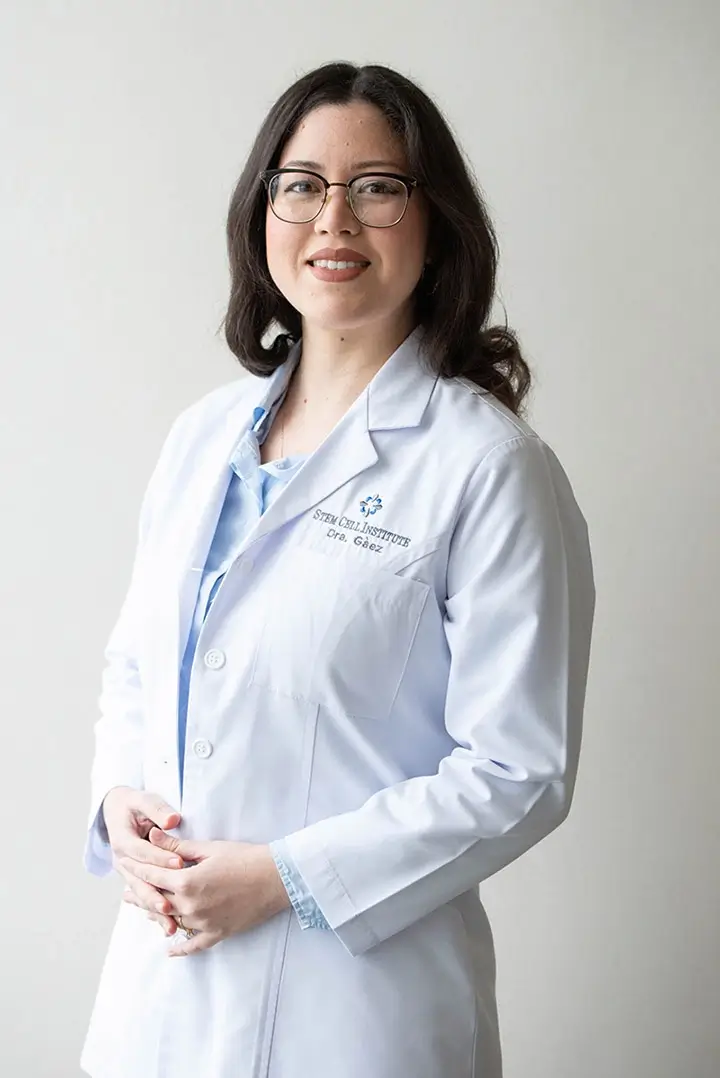Once again, the pharmaceutical giant Pfizer has entered into a collaborative agreement with academia, this time licensing human embryonic stem cell patents from the University of Wisconsin at Madison. The patent technology will be developed not for clinical cell-based therapies, per se, but primarily for the testing of new drugs. Terms of the arrangement were made with the Wisconsin Alumni Research Foundation (WARF), the university’s licensing arm.
According to Ruth McKernan, chief scientific officer of Pfizer Regenerative Medicine, "Our license with WARF provides us with information and materials that will allow us to use their cell lines to explore a whole new range of therapies. Stem cells can be used to create specialized human tissue. Our scientists will determine how new medicines may be able to improve the way stem cells regenerate damaged tissues. We will be optimizing the production of cells that could, one day, be used for therapeutic purposes."
According to Wisconsin Governor Jim Doyle, "To have these two giants in the field of biopharmaceutical research and stem cell research come together brings us one step closer towards finding relief from diseases like diabetes, Alzheimer’s, Parkinson’s, multiple sclerosis and cancer."
Of course, the entire field of embryonic stem cell research was born at the University of Wisconsin at Madison, where Dr. James Thomson became the first person ever to isolate a stem cell in the laboratory, first from a nonhuman primate in 1995 and later from a human in 1998. By "these two giants", therefore, Governor Doyle is referring of course to Pfizer and also to the entire "industry" of stem cell scientists and laboratories that has sprung up around Dr. Thomson over the past decade.
Actually, as Dr. Thomson himself has stated on a number of occasions, he does not expect embryonic stem cells to yield cell-based therapies for diseases in the immediate future, but instead he expects embryonic stem cells to be most useful as a way of testing new pharmaceuticals, which in the past could only be tested in animal models since human tissue was not available. In fact, in November of last year, Dr. Thomson formed a new company, Cellular Dynamics International (CDI), precisely for this reason. Focused specifically on the commercialization of stem cell technology as it applies to drug testing and research, rather than to the discovery of cell-based therapies per se, CDI is centered around the development of new technology which can supply human heart cells to researchers for use in drug testing, especially for the testing of adverse reactions to pharmaceuticals. (Please see the related news article on this website entitled, "Embryologist and Stem Cell Pioneer Forms New Company", dated November 25, 2008, as originally reported in Forbes). In the past, side effects from drugs have been tested on animal cells, but rarely with great accuracy, with the result that physicians often prescribe medication to patients without knowing in advance whether or not an individual patient will have side effects to the medication, and then the patient is monitored to see whether or not side effects will occur. Dr. Thomson’s business model instead presents a different paradigm, in which adverse reactions to specific medications would be tested on human, not animal, cells, derived from the human embryonic stem cells, prior to prescribing a drug to a patient. As Dr. Thomson has explained in regard to CDI, "We’re very much going to be focused on products rather than long-term promises. There are things that drug companies want today."
Still, embryonic stem cells are, by their very nature, heterologous vis a vis any living individual, and therefore neither genetic nor immune matching is possible between the embryonic stem cells and the individual who is still alive and in need of the therapy, which thereby also eliminates the possibility of matching drug reactions. By sharp contrast, iPS (induced pluripotent stem) cells, which are derivable from any living person, offer matching not only of genetic and immune profiles but also of pharmaceutical reactions as well. In this regard, even Dr. Thomson has stated, "The world has changed. Over time, these [iPS] cells will be used in more and more labs. And human embryo stem cell research will be abandoned by more and more labs."
As the world’s largest research-based pharmaceutical and biomedical company, Pfizer ranks number one in sales in the world, having reported $48.4 billion in revenue in 2007, from which the company invested $8.1 billion into their own research and development. In January of 2009, Pfizer announced its agreement to buy the pharmaceutical giant Wyeth for $68 billion. Pfizer was founded in 1849 and today employs approximately 81,900 people in more than 150 countries. Pfizer’s launched their Regenerative Medicine unit in November of 2008. (Please see the related news article on this website, entitled, "Business is Booming as Pfizer Targets the Aging Process With New Adult Stem Cell Research", dated November 14, 2008, as originally reported by Bloomberg Press).
Founded in 1848, the University of Wisconsin at Madison today has a staff of over 16,000 employees, more than 2,000 of whom are faculty, and a student body of just under 50,000.
(Please see the related news article on this website entitled, "Pfizer and University College London Form Licensing Agreement", dated April 29, 2009).

